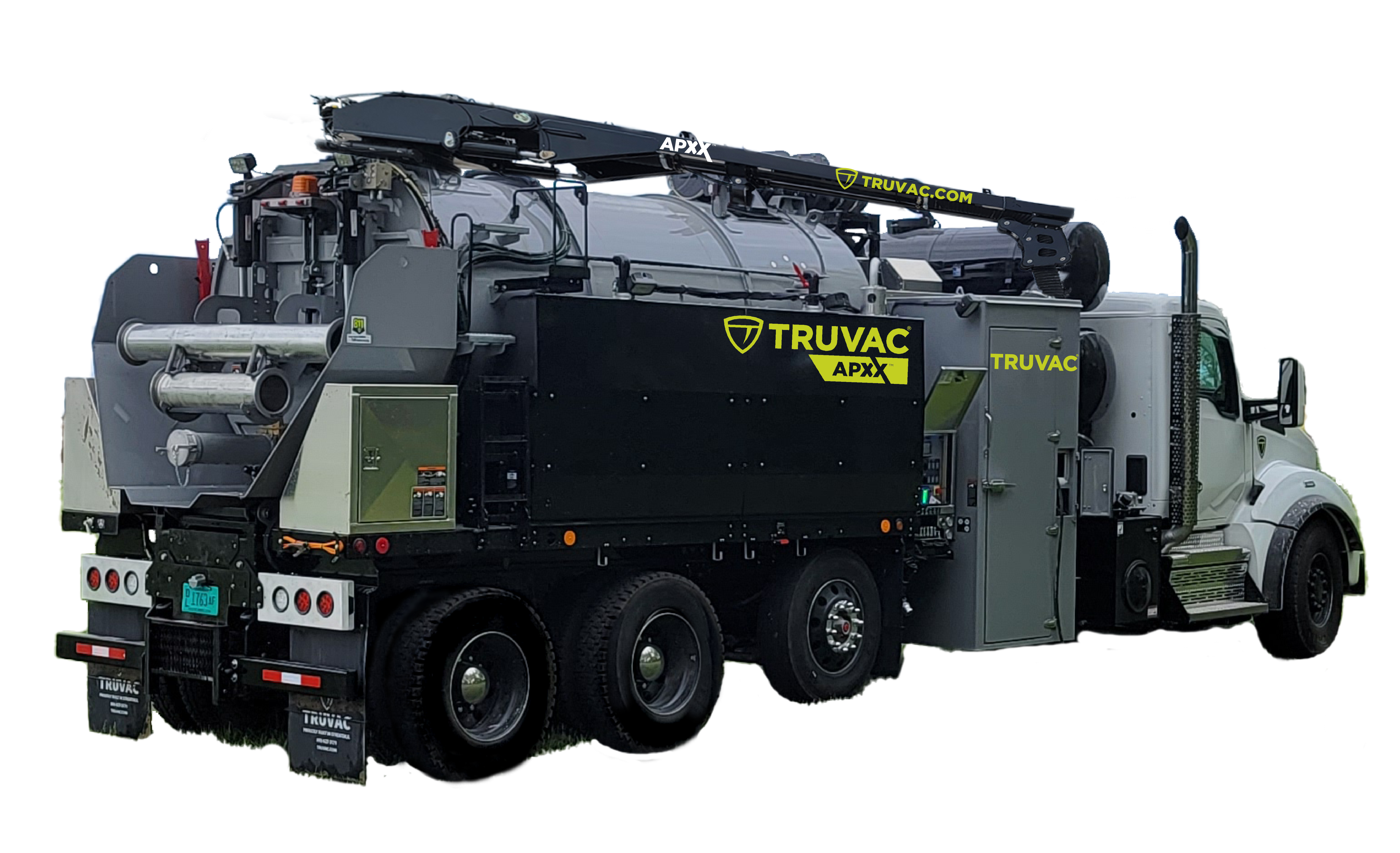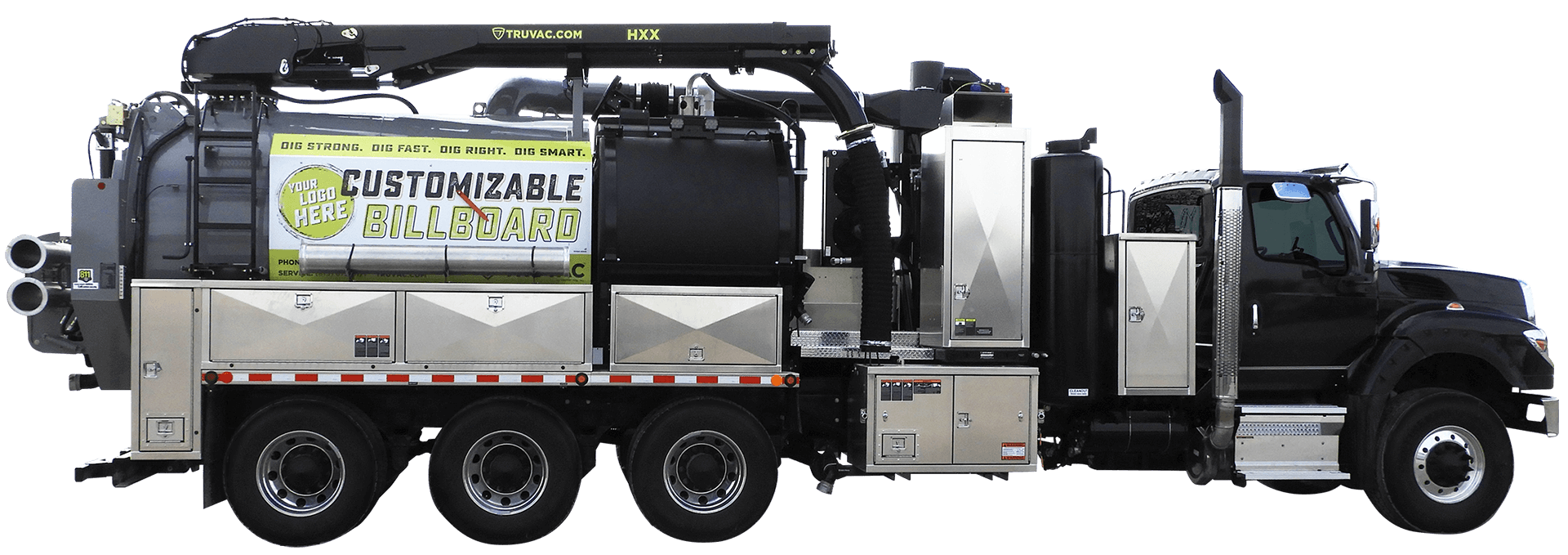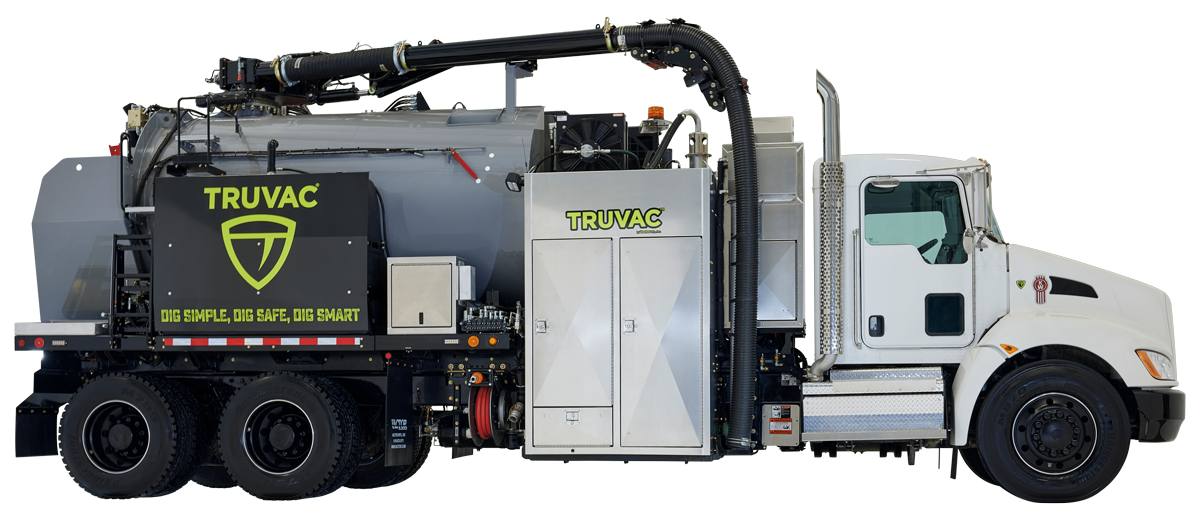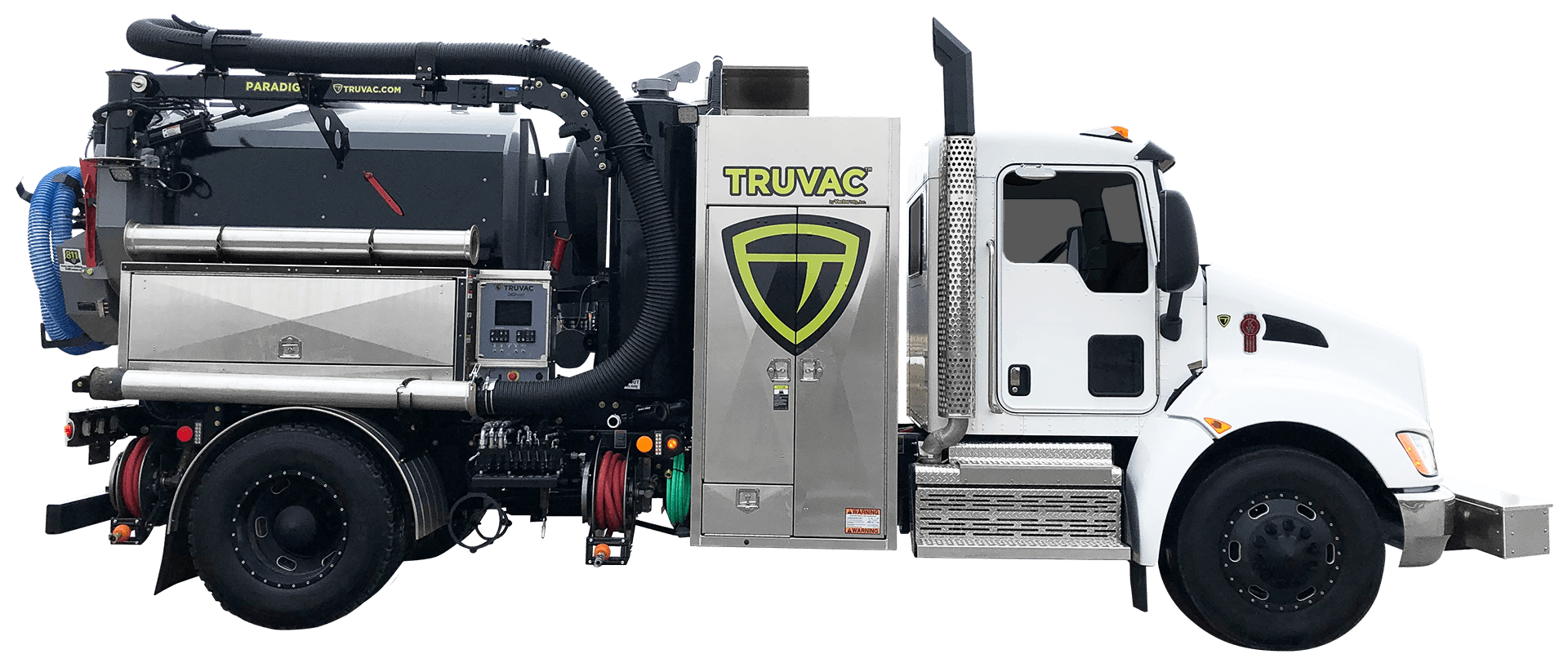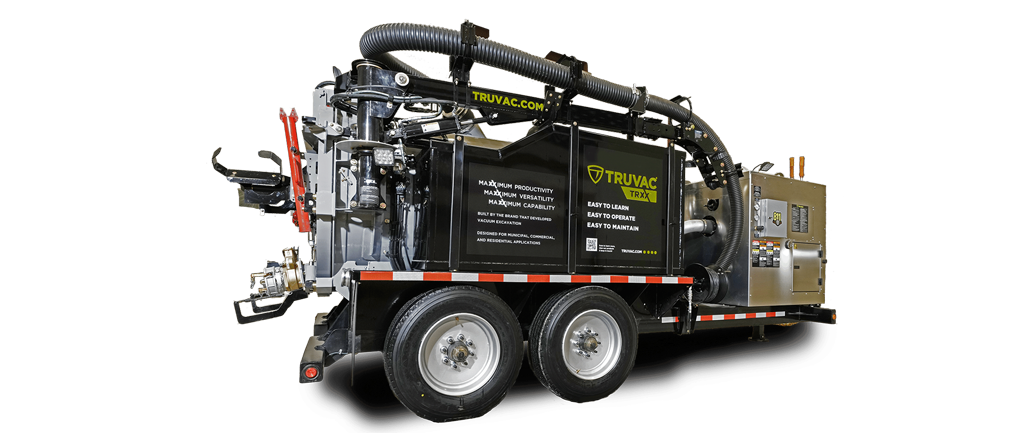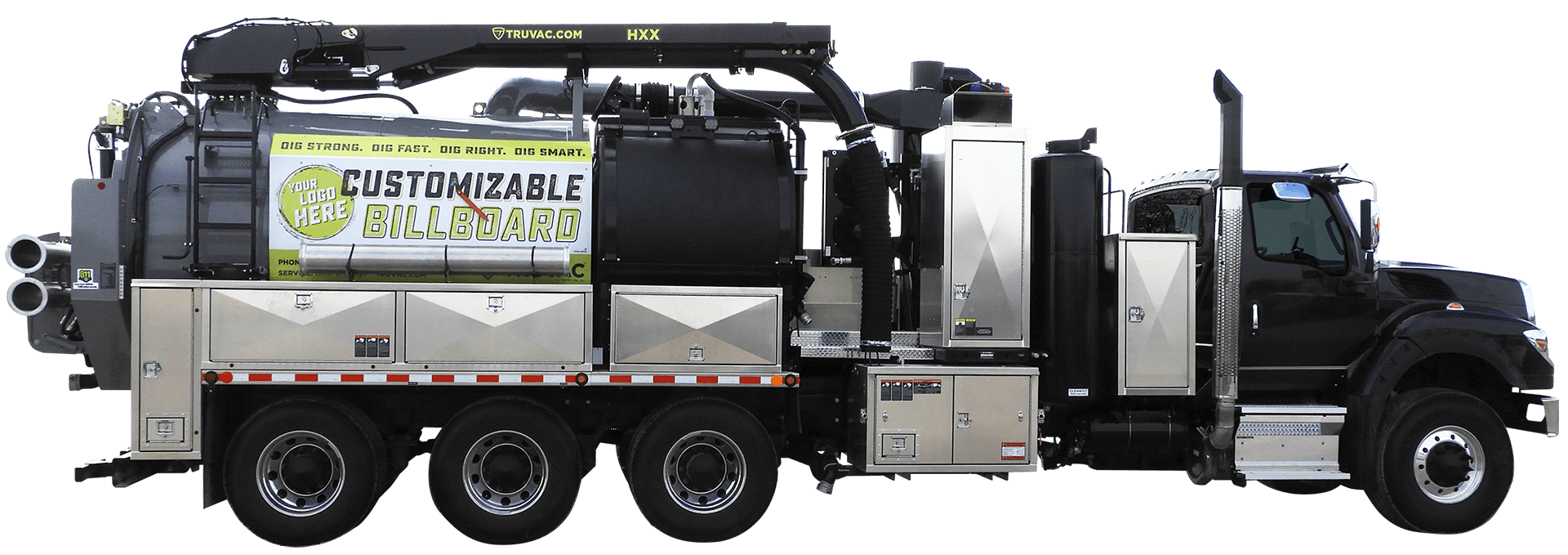Tactical Utility Locating Tips
by TRUVAC Team, on Nov 29, 2022 8:00:00 AM
In the field, utility locating has many rules, regulations, and safety precautions in place. Accuracy is key. TRUVAC customer Vector Force Development (Vector) believes "the best defense is a good offense" and takes that tactical approach with their large fleet of 36 vacuum excavators and more than 400 employees.
Here are utility locating tips shared by their more than 200 dedicated vacex crews.
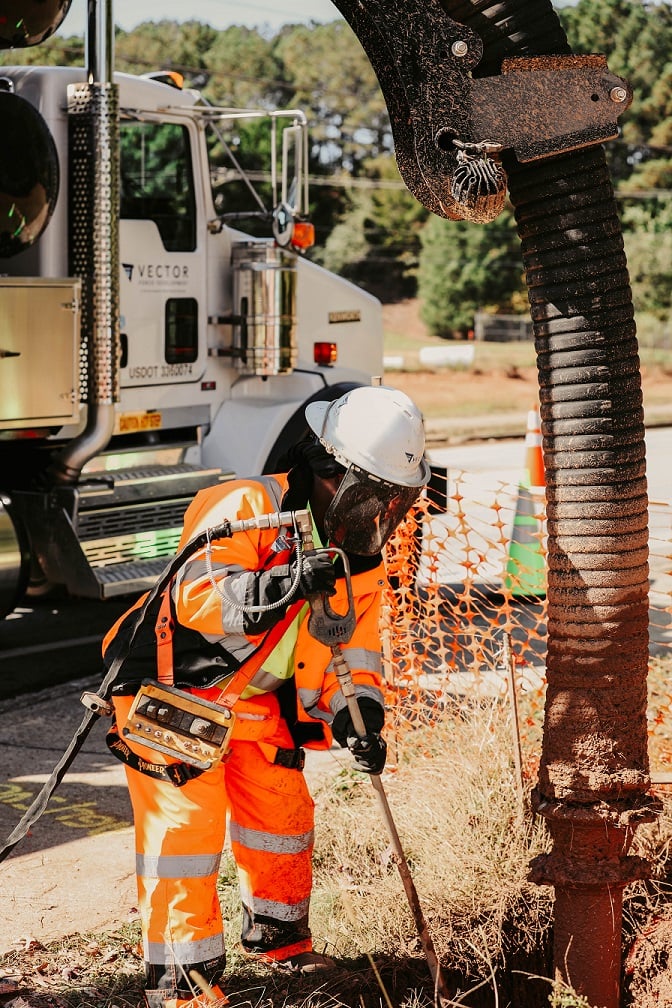 Photo credit Vector Force Development
Photo credit Vector Force Development
Offensive Utility Locating Strategies
The field experience of Vector’s superintendent, Adam Spence has been that often the accuracy of field utility locates from 811 markings is only 60 percent correct on average.
“Often, the marks are 3 to 4 ft. off. Recently, we excavated to a depth of 14 ft. and never located what was supposed to be a 4-in. gas main. Today, we located a utility more than 7 ft. away from the flag,” he adds.
The unpredictability of underground infrastructure locations can be frustrating, but the consequences of a utility strike motivate the Vector crews to continue excavating to expose marked utilities on a jobsite.
One of the most memorable strikes shared by Spence occurred five years ago while seeking to expose and verify a gas main. After hydro excavating to a depth of 13 ft. without locating the line, the general contractor decided to proceed with drilling despite the recommendation to continue with the hydro excavation. When the con-tractor drilled, the line was struck, causing an area-wide evacuation and job delay. This recollection, says Spence, inspires him “to give 110 percent on the job” and never stop “just because it’s not easy.”
Tactical Tips for Tackling Tough Soils
Recently, a large-scale job involving Georgia’s power grid provided some challenges, with a mix of red clay, lots of rock, and sand. Spence advises the best method for dealing with red clay is to turn the boilers on and heat the water to 115° F. The hot water aids in breaking up the compacted clay. To prevent clogging in the tube, my crews use 6-in. dig tubes rather than 8-in. The tactical tip for clay that saves us more time is throwing in four to five laundry detergent pods while vacuuming up the slurry. When we do that, dumping is no effort, and the spoils slide out of the debris body and hose down quickly with less water.
Sandy soils accompany areas with high water tables. For utility locating in sandy areas, we dig wider holes further from the mark. This helps in diverting water from the actual utility location and makes the sand less likely to collapse as the groundwater returns.
Choosing the right nozzle for the job is the other important offensive move. For red clay, Spence prefers a turbo nozzle because it has more swirl and turns the soil into a slushy consistency that is easy to excavate. For rocky soils, his go-to is a 5.0 or 8.0 Rip-saw nozzle from Hydra-Flex.
Offensive Tackle Tips – You Don’t Know What You Don’t Ask
Before a vacuum excavator in Vector’s fleet heads to a worksite, the operator goes through a three-page checklist to ensure safe travel and field operation. Even with on-the-job experience, Vector recognizes that operators “don’t know what they don’t know” so they encourage their team members to ask questions offensively and share what they know. Superintendents visit trucks on their job sites daily to be available for troubleshooting and problem solving.
"We see new construction, infrastructure rehabilitation and new infrastructure installation all with a preference for knowing what is in the ground, rather than risk-ing damages,” says Matthew Wilkin, vice president of Vector operations.
TRUVAC encourages customers to "Ask Our Experts" questions about utility locating with our equipment. We are here to support tactical jobsite success to ensure a strategic victory for safe digging.
View the full article, "The Best Defense is a Good Offense," as it appeared in Trenchless Technology Magazine, November 2022

